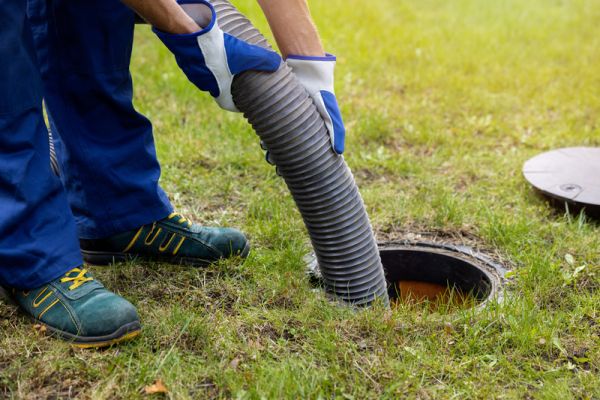In this article
Septic Tanks and Sewage Treatment Plants: Choosing the Right Size
If you live in a rural area or a location without access to a centralized sewage system in the UK, you may need to install your own wastewater treatment system. Septic tanks and sewage treatment plants are two common options for treating household wastewater, but choosing the right size can be a daunting task. In this blog, we will demystify the process of selecting the appropriate size for your UK home, so you can make an informed decision.
Understanding Septic Tanks and Sewage Treatment Plants
A septic tank is a simple, underground tank that collects wastewater from your home's plumbing system. It relies on natural processes to separate solid waste from liquid waste. The solids settle at the bottom of the tank and are broken down by bacteria, while the liquid waste (also known as effluent) flows out of the tank into a drain field where it is absorbed into the ground.
On the other hand, a sewage treatment plant is a more advanced system that uses mechanical and biological processes to treat wastewater. It typically includes multiple chambers or compartments where different treatment processes take place, such as sedimentation, aeration, and disinfection. The treated effluent can then be discharged into the environment or reused for irrigation, depending on local regulations.
Factors to Consider When Determining the Size
When choosing the right size for your septic tank or sewage treatment plant, several factors need to be taken into consideration:
- Household Size: The number of people living in your home is a crucial factor in determining the size of your system. More residents mean more water usage and wastewater production. As a general rule of thumb, a smaller home with 1-2 bedrooms typically requires a septic tank with a capacity of 2,700-3,400 litres, while a larger home with 3-4 bedrooms may need a tank with a capacity of 3,800-5,700 litres or more.
- Water Usage: Your household's water usage habits, such as the number of bathrooms, showers, laundry loads, and dishwashing frequency, can impact the size of your system. Higher water usage requires a larger system to accommodate the increased volume of wastewater.
- Soil Type: The type of soil in your area plays a crucial role in the effectiveness of your system. Different soils have varying rates of percolation or drainage, which can affect the size and design of your system. Clayey soils, for example, may require a larger drain field area compared to sandy soils.
- Local Regulations: It's important to comply with local regulations and guidelines when sizing your septic tank or sewage treatment plant. Local authorities may have specific requirements on the minimum size of the system based on your location, soil type, and water table level, among other factors. Consulting with a qualified engineer or septic system professional can help ensure compliance with local regulations.
- Future Needs: Consider your future needs when choosing the size of your system. If you plan to expand your home or increase your water usage in the future, it's best to choose a larger system to accommodate potential growth.
Conclusion
Selecting the right size for your septic tank or sewage treatment plant is crucial to ensure effective and efficient treatment of household wastewater in the UK. Factors such as household size, water usage, soil type, local regulations, and future needs should all be taken into consideration. It's recommended to seek guidance from a qualified professional to determine the appropriate size for your specific situation. Proper sizing and installation of your wastewater treatment system will ensure its long-term functionality and environmental sustainability.
Get in touch
Contact our friendly and professional team via form, phone or email for any drainage issues you may have.
From blocked drains to septic tank repairs and replacements, we're here to help. We have over 25 years of experience and offer 24/7 emergency callouts.
-
01386 882324
-
WhatsApp
-
This email address is being protected from spambots. You need JavaScript enabled to view it. -
See what our customers think


